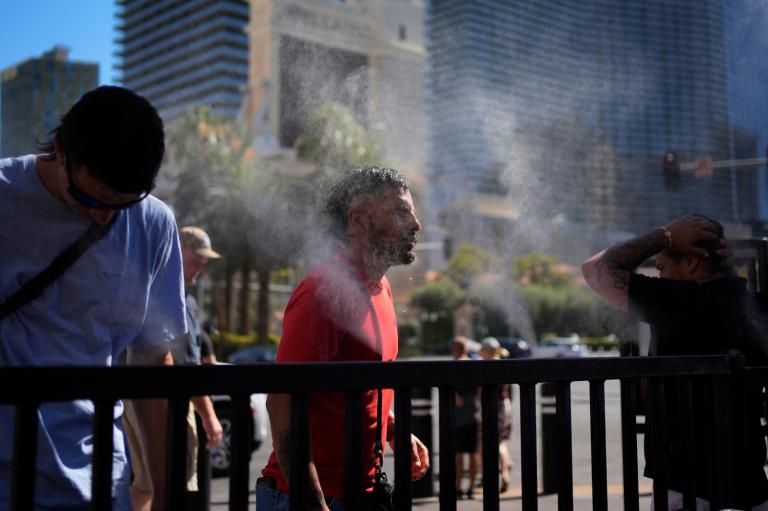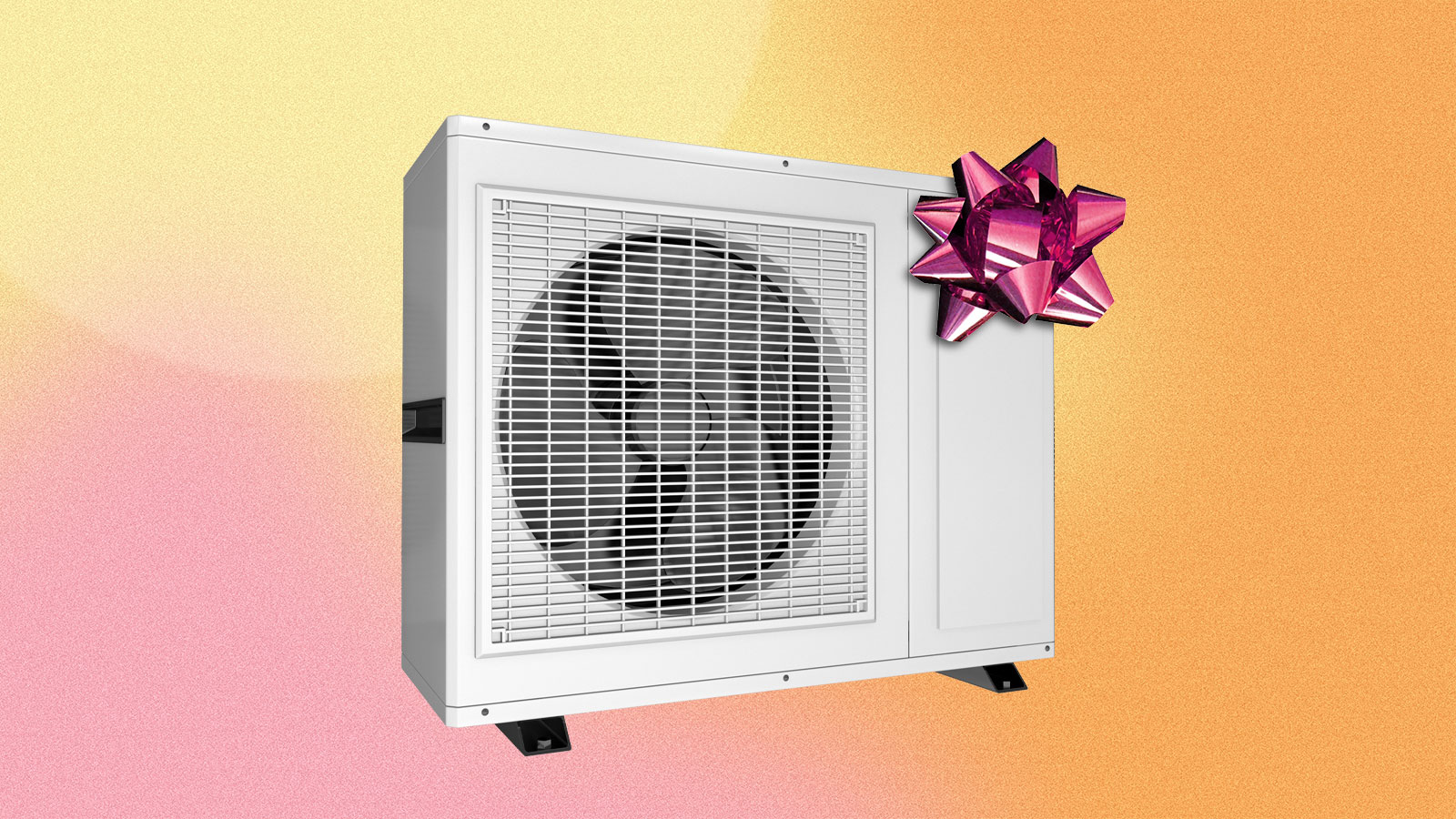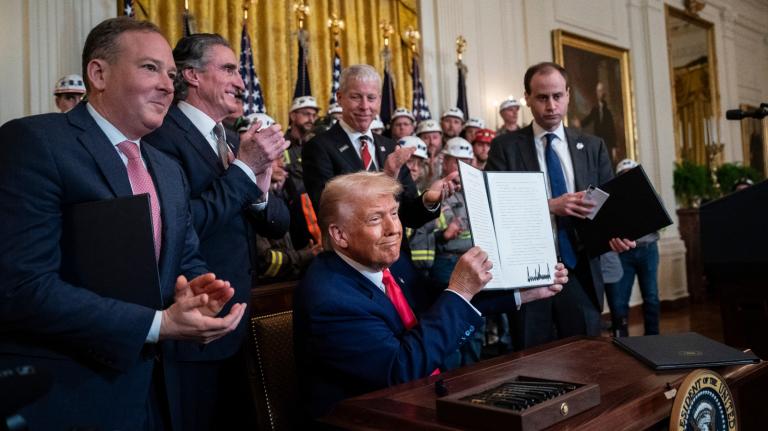A climate scientist half-jokingly once told me that if billionaires really wanted to save the planet, they would buy everyone a heat pump, the ingenious appliance that extracts heat from even frigid winter air to warm a home, then reverses in the summer to act like an air conditioner. A heat pump is far more efficient than even the most efficient of gas furnaces. And because heat pumps just need electricity to run, you can plug them into a grid powered by renewable energy and avoid burning fossil fuels altogether.
That makes heat pumps essential for getting natural gas out of buildings. According to a study published earlier this year, if every household in the United States got one, emissions from residential buildings would fall by 36 to 64 percent. The country is heading in that direction faster than you might think, as Americans bought 21 percent more heat pumps than gas furnaces in 2023.
But here’s a thought experiment: What if American billionaires really did pool their money together to put a heat pump in every home? No one is expecting billionaires to do such a thing, of course. But the rough calculation reveals that a big investment in heat pumps would actually end up paying for itself. The thought experiment also surfaces the real challenges that the U.S. faces when deploying heat pumps on a wide scale without the help of billionaires — and how to overcome those hurdles.
The folks at Rewiring America, a nonprofit that advocates for electrification, ran the numbers and found that it would cost $1.2 trillion to put a heat pump in every single-family home — 70 million of them, at $17,000 apiece. As of March, the United States had 737 billionaires with a combined net worth of about $5.5 trillion. So to foot that $1.2 trillion bill, they would each have to contribute about $1.6 billion.
Amazingly enough, that investment of $1.2 trillion would pay for itself by slashing utility bills and health care costs and also by avoiding the economic damage caused by climate pollution, according to Isabella Peterson, a quantitative research analyst at Rewiring America.
To be clear, this is a necessarily rough calculation. Rewiring America plugged in the up-front installation cost of a medium-efficiency heat pump at about $17,000. In reality, every single-family home has its own heating and cooling needs: Bigger houses require bigger, more expensive heat pumps, so some installations would come out cheaper than others.
Labor costs to install a heat pump also differ between regions. And different states offer different incentives to switch. Maine, for example, reached its goal of installing 100,000 heat pumps last year, two years ahead of schedule, thanks to enhanced rebates. Other states are following suit. Earlier this year, nine of them signed an agreement to accelerate heat pump adoption — for instance, by developing standards for rolling out the appliances. If a given state gets more serious about heat pumps, that would impact the $17,000 price tag. “That number is averaged nationally, but definitely would drop depending on the state if you add incentives or rebates to it,” Peterson said.
Lastly, the calculation looked at installing heat pumps in 70 million single-family homes in the U.S., which leaves out apartment-dwellers. If you live in a studio, you don’t need a big heat pump attached to a maze of ducting. In that case, a much cheaper ductless heat pump can attach to the wall. So keep in mind that $1.2 trillion would cover just those 70 million homes, not the quarter of U.S. households in multi-family buildings.
With all that considered, the modeling found that the heat pumps would save $448 billion over the 15-year lifetime of the appliances simply by preventing the economic damage that comes from burning fossil fuels, or “avoided carbon emissions.” The energy savings for those customers reducing their utility bills would be even higher, at $470 billion. And because the heat pumps would be running on electricity instead of burning fossil fuels, the mass deployment would avoid $315 billion in health care costs over those 15 years, because fewer people would get sick or die from air pollution. Add all those benefits up and you get $1.2 trillion saved on an initial $1.2 trillion investment.
Being such a powerful solution, both for public health and the climate, heat pumps feature prominently in the Inflation Reduction Act of 2022. The legislation provides thousands of dollars in rebates and tax credits for a household — depending on income — to install a heat pump, and even more if a home’s electrical system needs an upgrade to accommodate the appliance. Even though a heat pump can save a homeowner in the long run, that $17,000 up-front cost is still steep without assistance from the IRA. “Some states are implementing it, adding their own subsidies on top of this, and they’re making it now really worthwhile for households to switch,” said Gernot Wagner, a climate economist at Columbia Business School.
However, even with current demand — much less, billionaires suddenly agreeing to give everyone a heat pump — there just aren’t enough trained workers to deploy the appliances fast enough, then service them all afterward. The country is also facing a shortage of electricians needed to decarbonize homes. In California, for instance, there’s one certified electrician for every 478 households. But when the federal government puts more money into green tech, the jobs follow: The IRA alone created over 300,000 clean energy jobs in less than two years by one estimate.
A new breed of simplified heat pump is also coming onto the scene to convert those apartment dwellers not included in Rewiring America’s modeling. A San Francisco-based company called Gradient, whose heat pumps slip over a window sill and plug into the wall, has been installing units in buildings overseen by the New York City Public Housing Authority. (Gradient’s units cost $3,800, and are currently only sold to businesses like apartment building owners. But the plan is to eventually open up sales to the general public.) “We found that multifamily buildings are an opportunity for us to deploy heat pumps very quickly, very cost effectively, and have significant improvements in quality of life and public health outcomes,” said Vince Romanin, Gradient’s CEO.
Be it in an apartment in New York City or a single-family home in the Dallas suburbs, a heat pump can work more efficiently and more cleanly than any fossil fuel system. “We’ve got to stop burning natural gas in our homes,” Wagner said, “and the way to do this is to more or less force heat pumps into the system.”




